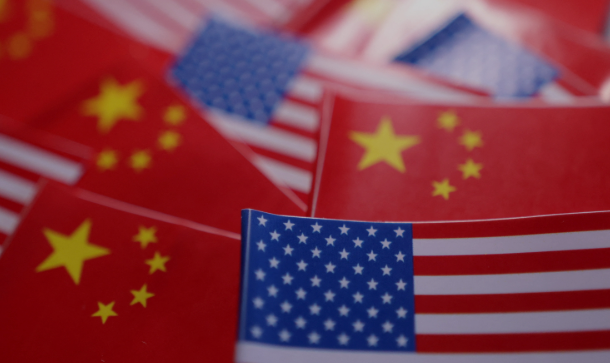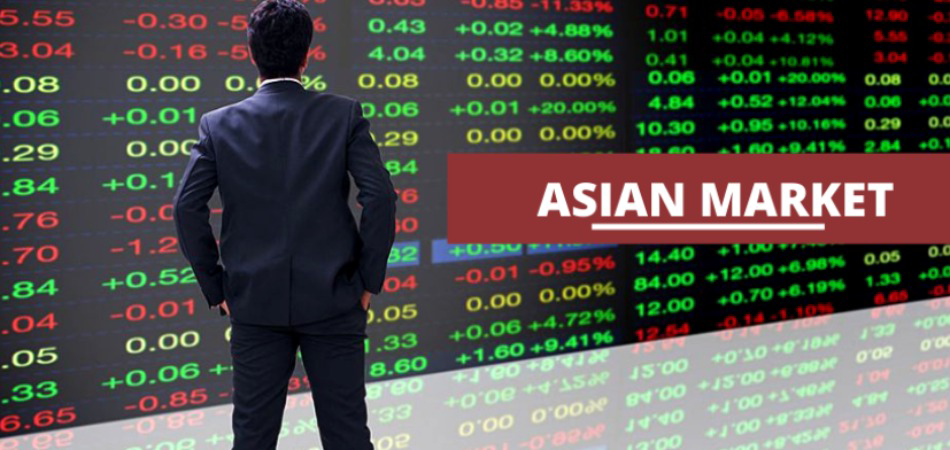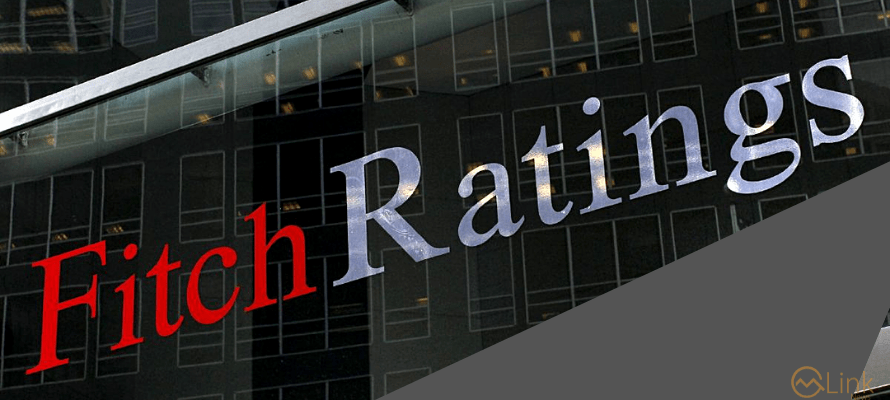Tariff relief offers little help to U.S. consumers

MG News | May 19, 2025 at 04:32 PM GMT+05:00
May 19, 2025 (MLN): The recent sharp reduction in U.S. tariffs on Chinese imports might seem like a reprieve for American consumers, but the reality tells a different story.
Although tariff rates have dropped from 145% to a temporary 30%, businesses are now racing to get orders in before the window closes paying premiums to ship goods while rates are lower.
These added logistics and supply chain pressures are eroding the potential savings. As a result, consumer prices for many Chinese-made goods are expected to remain high.
China remains the United States' second-largest source of imports, and any price shifts there have a direct impact on American shelves.
This temporary reduction follows trade discussions between U.S. and Chinese officials in Geneva, resulting in a mutual 90-day tariff truce.
However, the future of these rates remains uncertain, even within that timeframe, as CNN reported.
Andrew Rader, managing director at global supply chain consultancy Maine Pointe, noted that Chinese production costs are already on the rise.
Factories are offering overtime and bonuses to workers an uncommon practice while the costs of raw materials like plastics and metals have climbed by more than 10%.
In response to surging demand, factories have increased minimum order quantities.
Businesses are now ordering up to six months of inventory rather than the typical three, leading to higher storage costs and more expensive production overall.
Rader estimates that U.S. companies are paying 15% to 25% more for goods from China, not including increased shipping fees and the still-active 30% tariff.
Although these costs are significantly lower than those under the previous 145% tariff, the savings are being offset by rising supply chain expenses.
Consequently, some of these higher costs will inevitably reach consumers. Still, price increases may not reflect the full rise in expenses, as businesses often absorb a portion to stay competitive.
Beyond higher prices, Andy Tsay, a business and analytics professor at Santa Clara University’s Leavey School of Business, pointed out other effects that may impact consumers.
Supply chain risks could lead to more frequent stockouts or fewer product discounts. Some new products might never reach the market.
Tsay also noted that if companies realize customers are willing to pay more than previously assumed, prices might not drop even if tariffs are removed.
The pricing strategies born out of this trade environment may have a lasting impact.
Copyright Mettis Link News
Related News
| Name | Price/Vol | %Chg/NChg |
|---|---|---|
| KSE100 | 138,412.25 167.69M | 0.32% 447.43 |
| ALLSHR | 85,702.96 423.92M | 0.15% 131.52 |
| KSE30 | 42,254.84 82.09M | 0.43% 180.24 |
| KMI30 | 194,109.59 84.37M | 0.15% 281.36 |
| KMIALLSHR | 56,713.67 217.03M | 0.03% 16.37 |
| BKTi | 37,831.34 13.04M | 1.62% 603.62 |
| OGTi | 27,440.63 3.93M | -0.09% -23.70 |
| Symbol | Bid/Ask | High/Low |
|---|
| Name | Last | High/Low | Chg/%Chg |
|---|---|---|---|
| BITCOIN FUTURES | 118,795.00 | 119,275.00 117,905.00 | 1175.00 1.00% |
| BRENT CRUDE | 72.38 | 72.82 72.34 | -0.86 -1.17% |
| RICHARDS BAY COAL MONTHLY | 96.50 | 0.00 0.00 | 2.20 2.33% |
| ROTTERDAM COAL MONTHLY | 104.50 | 104.50 104.50 | -0.30 -0.29% |
| USD RBD PALM OLEIN | 998.50 | 998.50 998.50 | 0.00 0.00% |
| CRUDE OIL - WTI | 70.00 | 70.41 69.97 | 0.00 0.00% |
| SUGAR #11 WORLD | 16.46 | 16.58 16.37 | -0.13 -0.78% |
Chart of the Day
Latest News
Top 5 things to watch in this week
Pakistan Stock Movers
| Name | Last | Chg/%Chg |
|---|
| Name | Last | Chg/%Chg |
|---|



